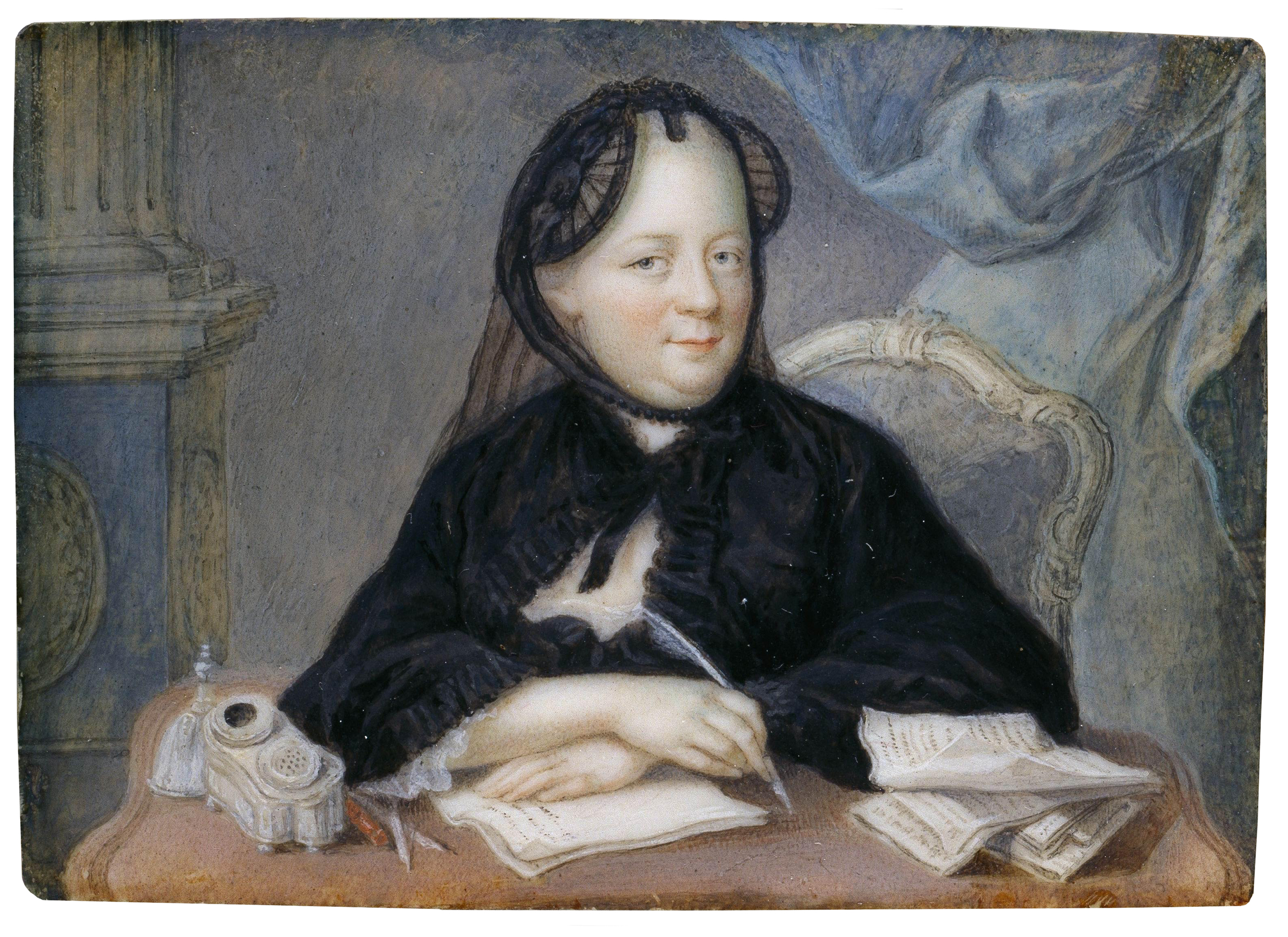Warding off Evil: The Power of A Loving Embrace.
I was inspired to write my novel, The Wedding Shroud – A Tale of Ancient Rome, when I found a
photo of aC6thBCE sarcophagus of a man and women lying on their bed in a tender
embrace.The casket (known as the Sarcophagus of the Married Couple) was unusual
because, in this period of history, women were rarely commemorated in funerary
art let alone depicted in such a pose of affection. The image of the lovers
remained with me. What kind of culture exalted marital fidelity while showing
such an openly sensuous connection? What ancient society revered women as much
as men? Discovering the answer led me to the Etruscans, a societythat existed
from before archaic times in Italy and was mainly situated in the areas we now
know as Tuscany and Lazio.
Sarcophagus of the Married Couple
Late C6th BCE
‘There
was a smooth, round contentment to her as she sat upon a dining couch with her
husband, head resting against his shoulder as he embraced her. Their happiness
revealed by the curve of their lips and the ease of their touch…’ The Wedding
Shroud
Etruscan society clearly celebrated both marriage and sex.The image of men and women embracing is a constant theme in their tomb art and ranges from being demure, as in the case of the Married Couple, to the stronglyerotic (Tomb of the Bulls) and evenpornographic (Tomb of the Whippings.)The latterillustrations seem to confirm the more prurient view of Etruscan womenbut the symplegma or sexual embrace was not a gratuitous portrayal of abandonbut instead was anatropaic symbol invoking the forces of fertilityagainst evil and death.
No better example of this is a particularly striking double sarcophagus found in Vulci in Italy and which is now located in the Museum of Fine Arts, Boston.Wrought in fine white limestone,the man and woman lieentwined in each other’s arms.However, unlike the anonymous Married Couple, this husband and wife can be identified. They are Larth Tetnies and TanchvilTarnai. The very fact that Tanchvil has two names is evidence of the status of Etruscan women. In Rome, females only had one name – that of their father’s in feminine form. In Etruria, the bloodlines of both sides of a woman’s family were often recorded on their casket.
Larth Tetnies and TanchvilTarnai
Late C4th early 3rd BCE
There was a second sarcophagus found in the sepulchre at Vulci. It is narrow and onlyheld the remains of a woman, RamthaVisnai, but its lid depicts her embracing her husband, Arnth Tetnies. They are the parents of Larth. This coffin is made of rough nenfro stone. Wrapped in their shroud, the figures embrace each other on their bed. Unlike the sexually charged younger couple, the older pair are more contemplative as they face each other although the sight of their feet peeping from beneath the covers hints at the relaxed familiarity of their marriage.
RamthaVisnai and Arnth Tetnies
C450-400 BCE
‘She
lay naked in effigy upon her coffin, fixed forever in her nuptial bed. Lying on
her side, she faced her husband, their arms encircling each other, swathed in
their transparent wedding shroud and unconcerned that their bare feet were uncovered
in abandon.’ The Wedding Shroud
As for the conflicting views of Etruscan women it is clear from studying this society’s art that theycelebrated life. Many worshipped the religion of Fufluns, the Greek Dionysus and Roman Bacchus, whose later cult adherents were famous for indulging in debauchery but in its purest form was a belief in the power of regeneration. So which version is correct? Sinners indulging in group sex or steadfast wives?Perhaps both,because the concept of a culture that condones female promiscuity while also honouring wives and mothers is not necessarily contradictory. For while it can be erroneous to compare modern societies with ancient ones, it could be argued that this attitude to females occurs in many present-day Western cultures today.
Either way, the erotic and sensual image of an embrace transcends any moralisingin whichhistoriansmight indulge. Ultimately I believe that the symplegma is not just an atropaic symbol but something more powerful. Whether sculpted in stone, moulded in terracotta or painted in a mural, the embrace of two lovers remains, above all, an eternal celebration of abiding love.
Tetnies Sarcophagi
photographs © 2010 Museum of Fine Arts, Boston
The Married Couple
courtesy Wikimedia Commons
Biography
Elisabeth Storrshttp://www.elisabethstorrs.com/index.html
is the author of The Wedding Shroud,
the first book in a trilogy set in early Roman times. Elisabeth has long held a
passion for the history, myths and legends of the ancient world. She graduated
from the University of Sydney with a degree in Arts Law having studiedClassics
along the way. She lives in Sydney with her husband and two sons and over the
years has worked as a solicitor, corporate lawyer, governance consultant and is
now a business writer. Elisabeth blogs at Triclinium http://elisabethstorrs.blogspot.com.au/ You can follow her on Twitterhttps://twitter.com/elisabethstorrs
Facebook http://www.facebook.com/pages/Elisabeth-Storrs/101788783211502and
Goodreadshttp://www.goodreads.com/author/show/4489059.Elisabeth_Storrs
Blurb
In 406 BC, to seal a tenuous truce, the
young Roman Caecilia is wedded to Vel Mastarna, an Etruscan nobleman from the
city of Veii. The fledgling Republic lies only twelve miles across the Tiber
from its neighbour, but the cities are from opposing worlds so different are
their customs and beliefs. Leaving behind a righteous Rome, Caecilia is
determined to remain true to Roman virtues while living among the sinful
Etruscans. Instead she finds herself tempted by a hedonistic culture which
offers pleasure and independence to women as well as an ancient religion that
gives her a chance to delay her destiny. Yet Mastarna and his people also hold
dark secrets and, as war looms, Caecilia discovers that Fate is not so easy to
control and that she must finally choose where her allegiance lies.
Exploring themes of sexuality, destiny versus self-determination and tolerance versus prejudice, The Wedding Shroud is historical fiction at its best which vividly brings Ancient Rome and Etruria to life while accenting the lives of women in ancient history.
Exploring themes of sexuality, destiny versus self-determination and tolerance versus prejudice, The Wedding Shroud is historical fiction at its best which vividly brings Ancient Rome and Etruria to life while accenting the lives of women in ancient history.
The
Wedding Shroud has been praised by Ursula Le Guin
as follows: ‘All the drama and sensuality
of an historical romance, plus a sensitivity to the realities of life in a very
different time and world…’
You can purchase The Wedding Shroud via Elisabeth’s website http://www.elisabethstorrs.com/buybooks.html and on Amazonhttp://www.amazon.com/The-Wedding-Shroud-Ancient-ebook/dp/B008PHH7W4/ref=sr_1_1?s=digital-text&ie=UTF8&qid=1343373942&sr=1-1&keywords=elisabeth+storrs.
The sequel, THE GOLDEN DICE, will be released in 2013.
GIVEAWAY CONTINUES HERE...
To Enter to Win a Copy of this book:
1- You must be a Follower of this
blog
2- For Additional Chances,
post on FB, Twitter, Linkedin, Blog and elsewhere! Just come back and post your
link in comments.
3- Increase your chances by entering at yesterday's REVIEW POST as well!
Open to US and Canada
Good Luck!!!

































.jpg)












204 comments:
«Oldest ‹Older 201 – 204 of 204best buy tramadol can tramadol hcl 50 mg get you high - buy tramadol without rx
legal buy tramadol online online pharmacy tramadol cheap - buy tramadol no prescription mastercard
carisoprodol 350 mg what is soma carisoprodol - soma carisoprodol controlled substance
tramadol online tramadol 50 mg biogaran - tramadol 50mg side effects dogs
Post a Comment